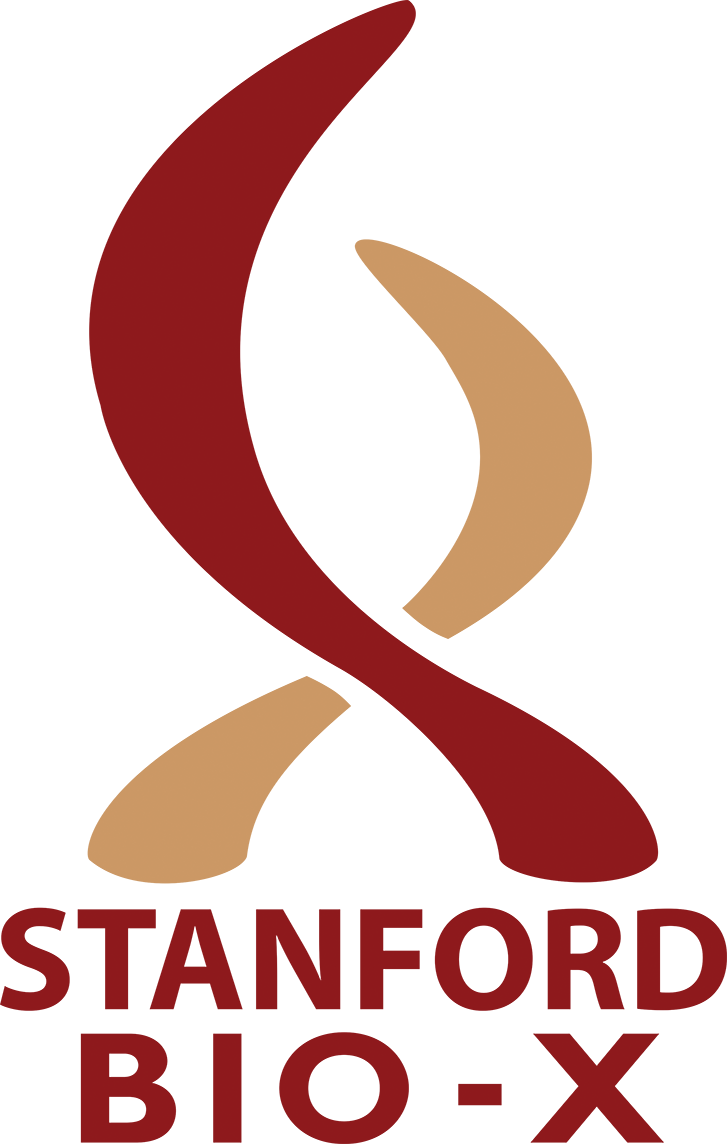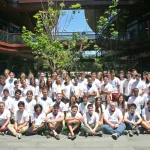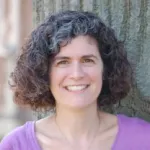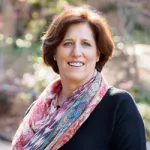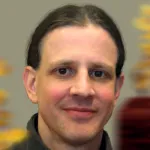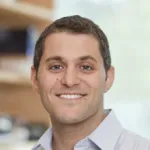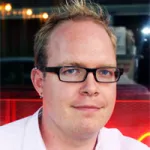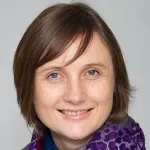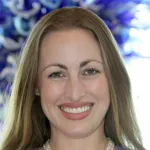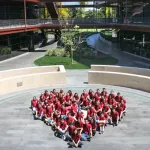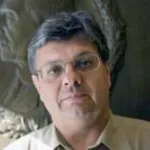-
-
Frontiers in Quantitative Biology Seminar
Frontiers in Quantitative Biology Seminar
PETRA LEVIN, WASHINGTON UNIVERSITY
The Levin lab's work seeks to understand the molecular mechanisms underlying the temporal and spatial control of cell division.
-
Touring the Protein Folding Landscape: the View Depends on How and Where You Look
Frontiers in Interdisciplinary Biosciences Seminar
Understanding the structural and dynamic information encoded in the primary sequence of a protein is one of the most fundamental challenges in modern biology. The amino acid sequence of a protein encodes more than the native three-dimensional structure; it encodes the entire energy landscape – an ensemble of conformations whose energetics and dynamics are finely tuned for folding, binding and activity. Dr. Marqusee will present her laboratory's recent results probing these sequence and environmental effects using a combination of single-molecule and ensemble-based studies.
-
Frontiers in Interdisciplinary Biosciences Pre-Seminar
Frontiers in Interdisciplinary Biosciences Pre-Seminar
PEHR HARBURY, DEPARTMENT OF BIOCHEMISTRY
Attend Dr. Harbury's pre-seminar presentation to learn more about Dr. Susan Marqusee's seminar, "Touring the Protein Folding Landscape: the View Depends on How and Where You Look", to be held Thursday, December 3rd.
-
Frontiers in Quantitative Biology Seminar
Frontiers in Quantitative Biology Seminar
JOSHUA SHAEVITZ, PRINCETON UNIVERSITY
Research in the Shaevitz Lab focuses on three key questions in biophysics: 1. How are behaviors organized by the brain? 2. What determines cell shape? 3. How do cells form complex patterns?
-
Frontiers in Quantitative Biology Seminar
Frontiers in Quantitative Biology Seminar
MICHAEL RUST, UNIVERSITY OF CHICAGO
The Rust lab wants to understand how the behavior of living cells is produced by the biochemical interactions of many non-living molecules. They believe that a quantitative theory of how cells work will lead us to better treatments for disease and ultimately the ability to reprogram cells.
-
Nerve-Stem Cell Interactions During Organ Development and Regeneration
Frontiers in Interdisciplinary Biosciences Seminar
Dr. Knox will describe her lab's recent findings on the mechanisms by which autonomic nerves regulate morphogenic and regenerative programs using the salivary gland as their model system.
-
Frontiers in Interdisciplinary Biosciences Pre-Seminar
Frontiers in Interdisciplinary Biosciences Pre-Seminar
MICHELLE MONJE, DEPARTMENT OF NEUROLOGY
Attend Dr. Monje's pre-seminar presentation to learn more about Dr. Sarah Knox's seminar, "Nerve-Stem Cell Interactions During Organ Development and Regeneration", to be held Thursday, October 29th.
-
Fellows Symposium - October 2015
-
Merging Molecular Mechanism and Evolution: Theoretical Concepts and Experimental Explorations of Biophysical Fitness Landscapes
Frontiers in Interdisciplinary Biosciences Seminar
EUGENE SHAKHNOVICH, HARVARD UNIVERSITY
Fitness landscape (FL) is a common metaphoric description of genotype-phenotype relationship. However its precise nature is not known. Dr. Shakhnovich will present his lab's theoretical and experimental efforts to outline FL of viruses and bacteria in terms of biophysical properties of their proteins such as thermodynamic stability, catalytic activity and intracellular abundances as well as functional and non-functional interactions with other proteins.
